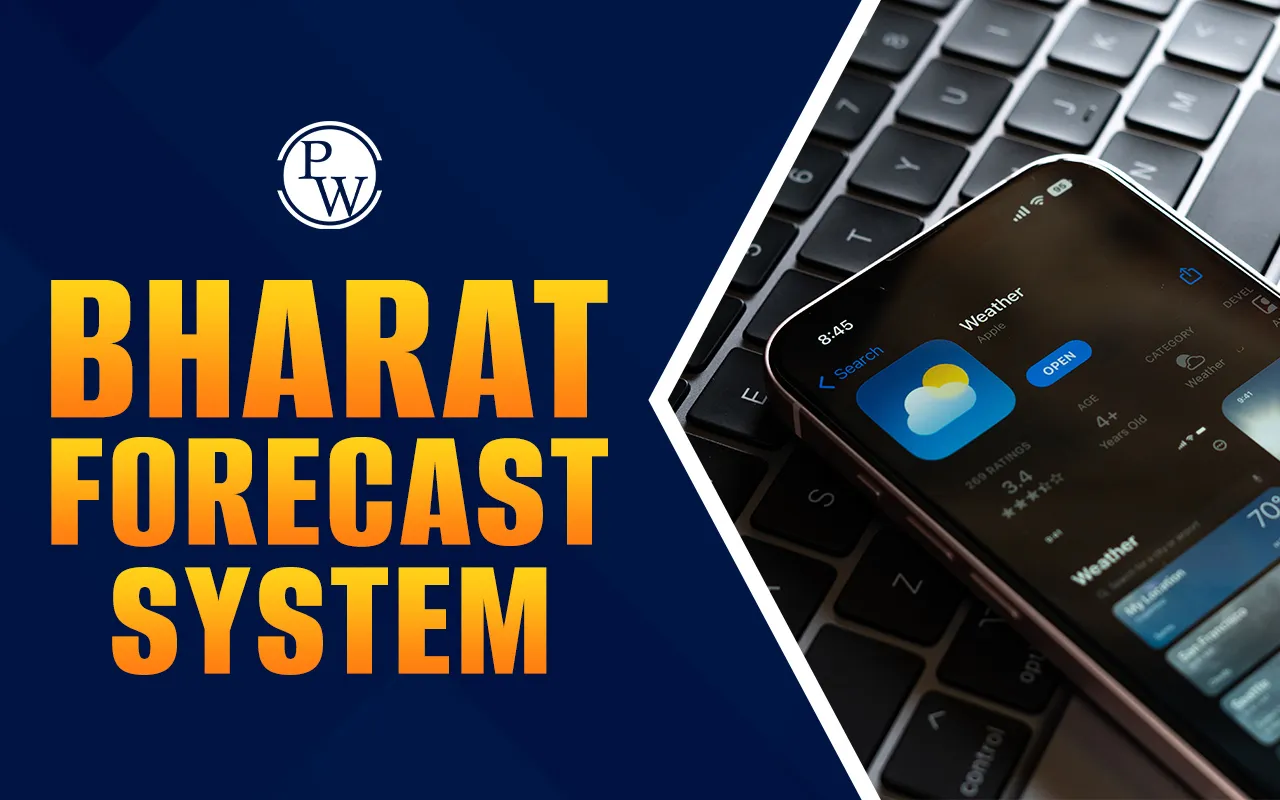🌦️ Introduction
Bharat Forecasting System has taken a big step in improving weather forecasting. The Indian Meteorological Department (IMD) has launched the Bharat Forecasting System (BFS) — a powerful tool that gives real-time weather prediction and hyperlocal weather forecast for cities and villages alike. This new India weather forecasting system will help farmers, disaster response teams, and many others who rely on accurate weather updates.

https://medium.com/@hybrid.minds/indias-bharat-forecast-system-supercomputer-powered-weather-model-explained-1a2e9cd75041
🌧️ Early Monsoon 2025: Shocking Rainfall, Red Alerts Issued! Must-Know Precautions & Affected States
Ways to earn money from home | How to Earn Online Income: 6 Proven Ideas from Basic to Advanced
🛰️ What is the Bharat Forecasting System (BFS)?
The Bharat Forecasting System is an advanced system that uses the latest technology to predict the weather more accurately. It combines:
Satellite-based weather system data
Ocean and land observations
Artificial Intelligence (AI) algorithms
Here are its key features:
High-resolution forecast at 1 km x 1 km grid level
Weather predictions up to 10 days in advance
Updates every 6 hours for real-time weather prediction
This system helps cover all regions — from large cities to small rural areas.
🌱 How BFS Supports Farmers and Rural India
Farmers are among the biggest beneficiaries of the new system. Sudden weather changes often damage crops, causing financial losses. The hyperlocal weather forecast feature allows them to:
Plan sowing and harvesting more effectively
Prepare for adverse weather like hailstorms, frost, or heatwaves
Receive location-specific alerts on their mobile phones
Access weather forecast for farmers through IMD apps and websites
This makes farming more predictable and resilient, especially in the face of climate change in India.
🔍 Why is it Important?
Because of climate change in India, extreme weather like cyclones, floods, and heatwaves are happening more often. The older systems could not give detailed and timely alerts.
The new system helps to:
Strengthen disaster preparedness India efforts
Provide accurate weather forecast for farmers
Support aviation, transport, and infrastructure safety
Save lives and reduce damage from unexpected weather
📡 How Does It Work?
The BFS uses several modern tools:
Numerical Weather Prediction (NWP) models
Global tools like the Global Forecasting System (GFS)
Smart data analysis using AI in weather forecasting
By combining these, the system delivers accurate and fast IMD weather updates to various users and departments.
🌱 Benefits for Farmers and Villages
Farmers often suffer when weather changes suddenly. The new India weather forecasting system helps them:
Plan better using hyperlocal weather forecast
Get alerts for possible hail, frost, or heatwaves
Access forecasts through IMD apps or websites
This way, they can reduce losses and grow crops more confidently with help from weather forecast for farmers.
⚠️ Helping in Disaster Preparedness
The Bharat Forecasting System plays a key role in disaster preparedness India:
Alerts for cyclones along the coast
Warnings during monsoon floods
Notifications for heatwaves and water shortages
It helps emergency teams and state governments take quicker action to protect people and property.
🌍 Global Standards and Future Plans
This system now puts India on the same level as top countries like the USA, UK, and Japan. It has received praise globally for its capabilities.
In the future, India plans to:
Use BFS for more climate change in India research
Partner with nearby countries for better regional forecasts
Make AI in weather forecasting even more advanced
📝 Conclusion
India’s new Bharat Forecasting System is a big improvement in how the country prepares for and responds to weather changes. This high-resolution weather forecast India system helps everyone — from farmers to disaster response teams. With accurate data, better planning, and faster alerts, India is moving towards a safer and more prepared future. Thanks to the Indian Meteorological Department, this is more than just a forecast—it’s a step toward national safety and resilience.
Thanks to the Indian Meteorological Department, this isn’t just about knowing if it’ll rain—it’s about protecting lives, improving agriculture, and making India future-ready in the face of growing climate risks.